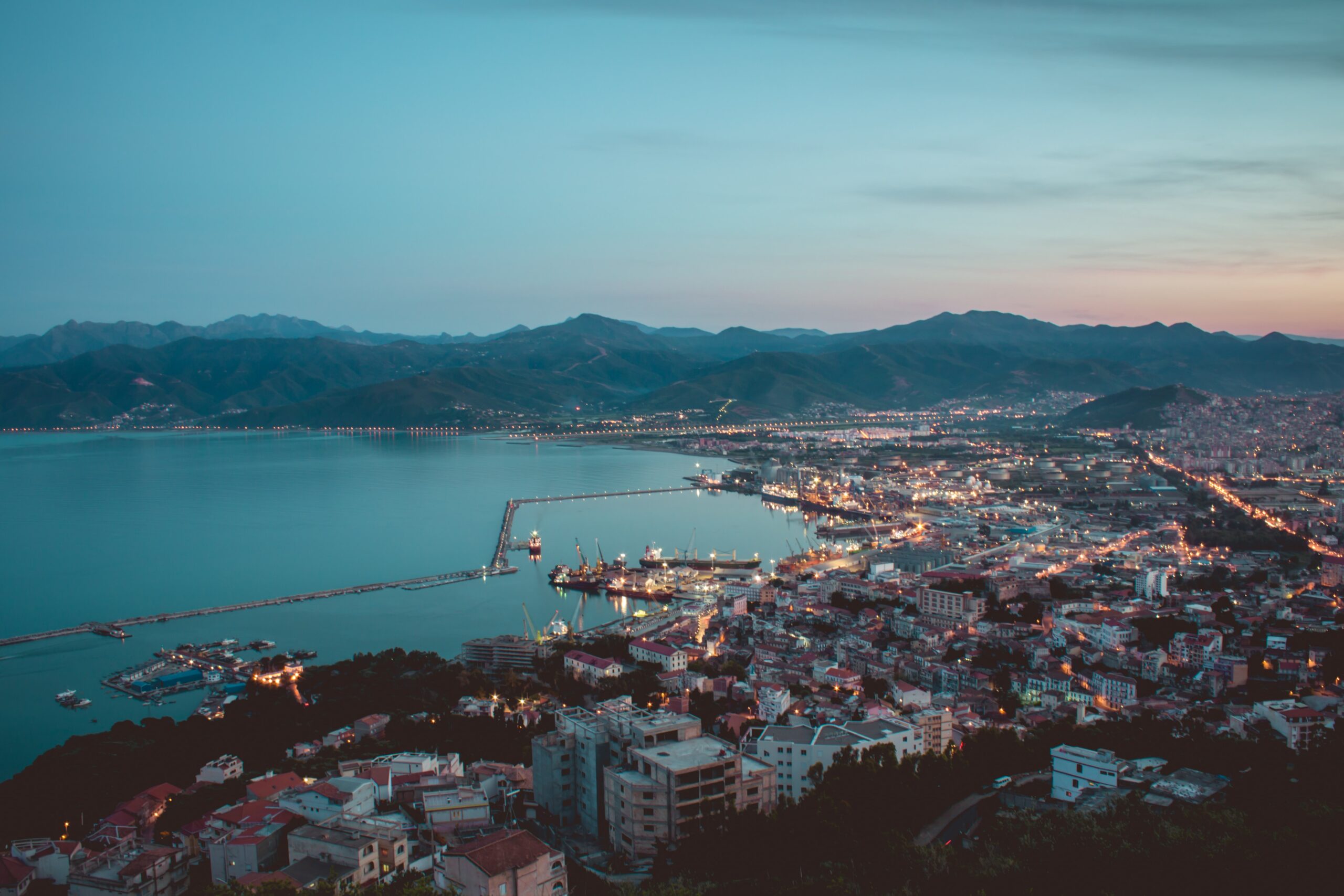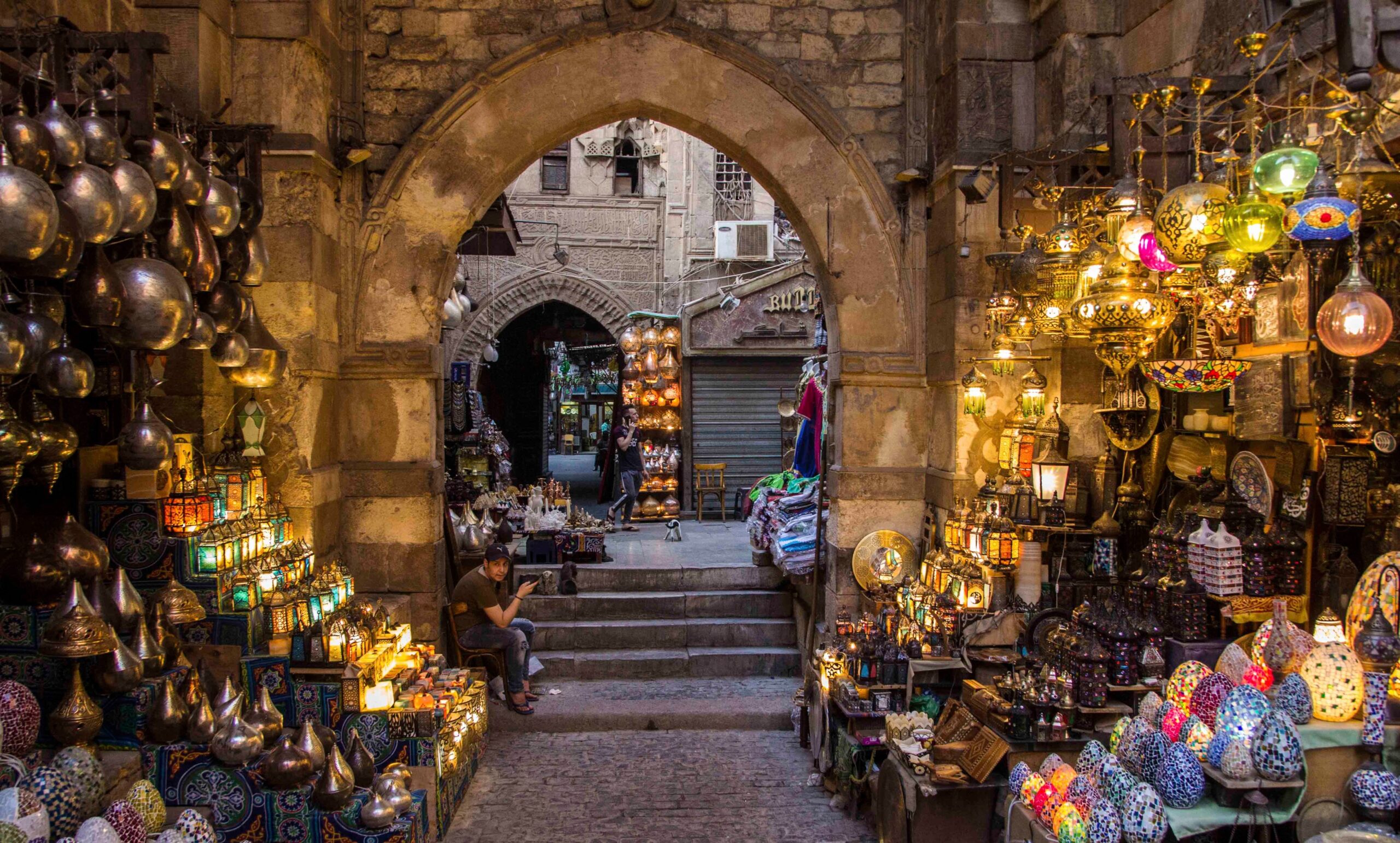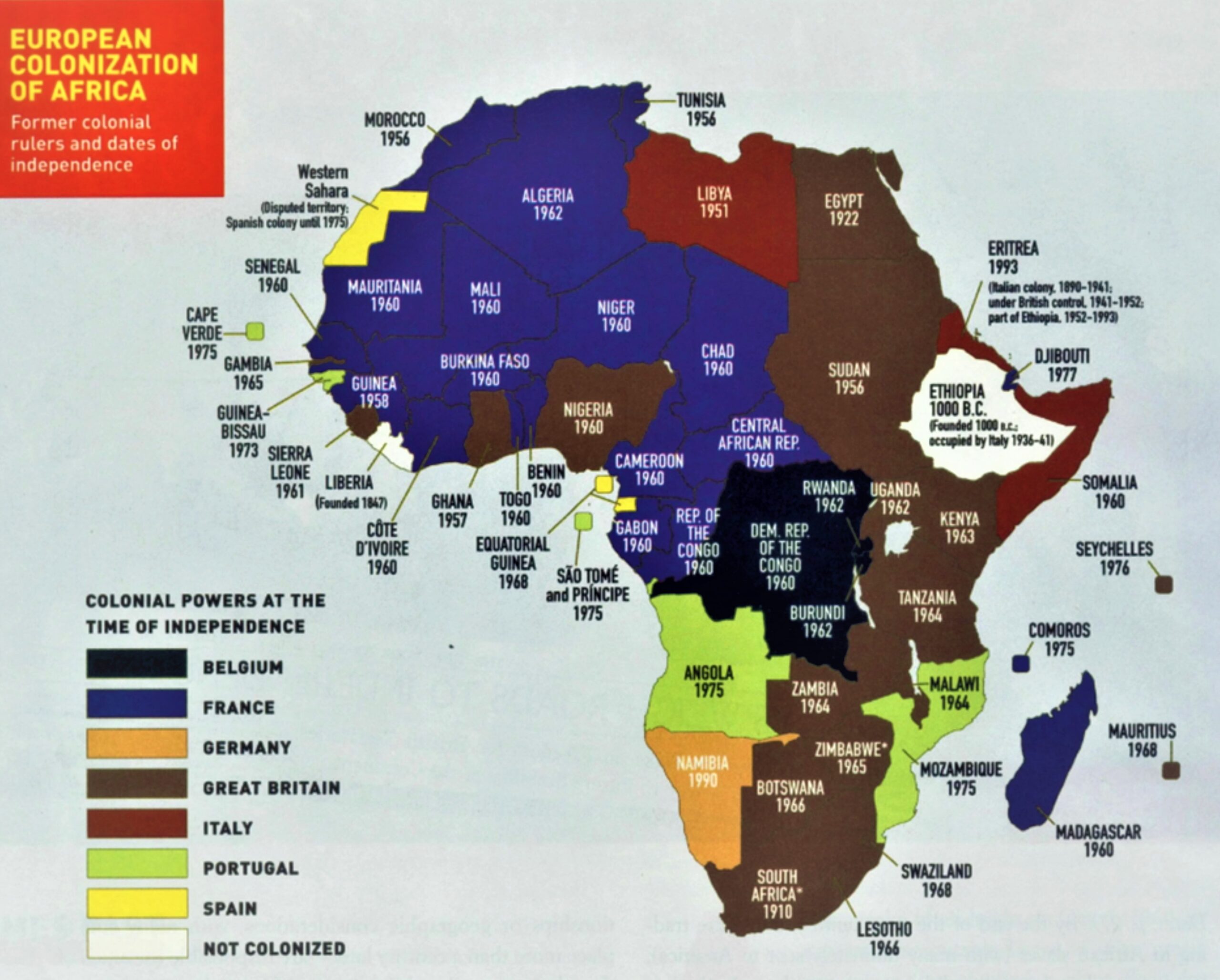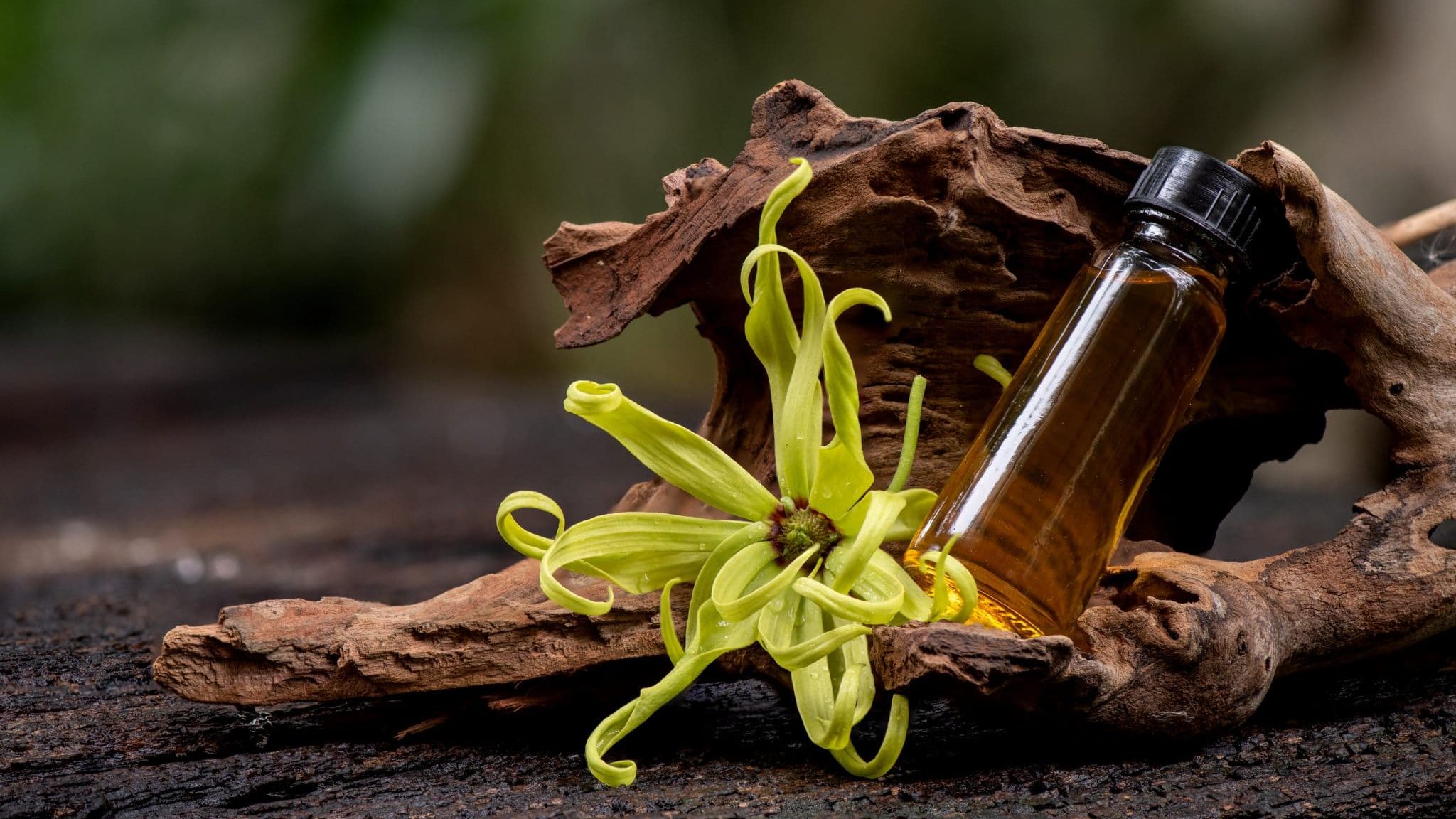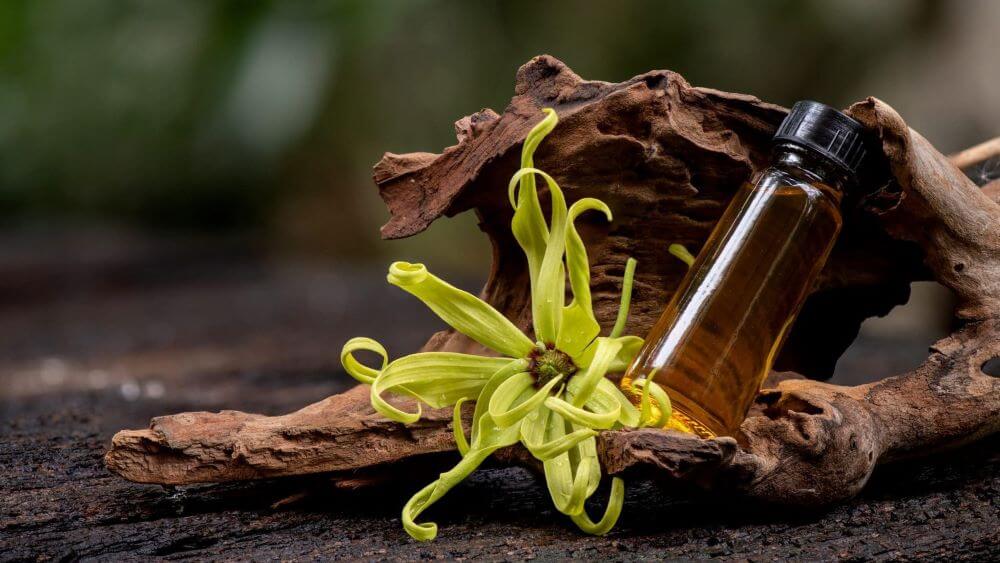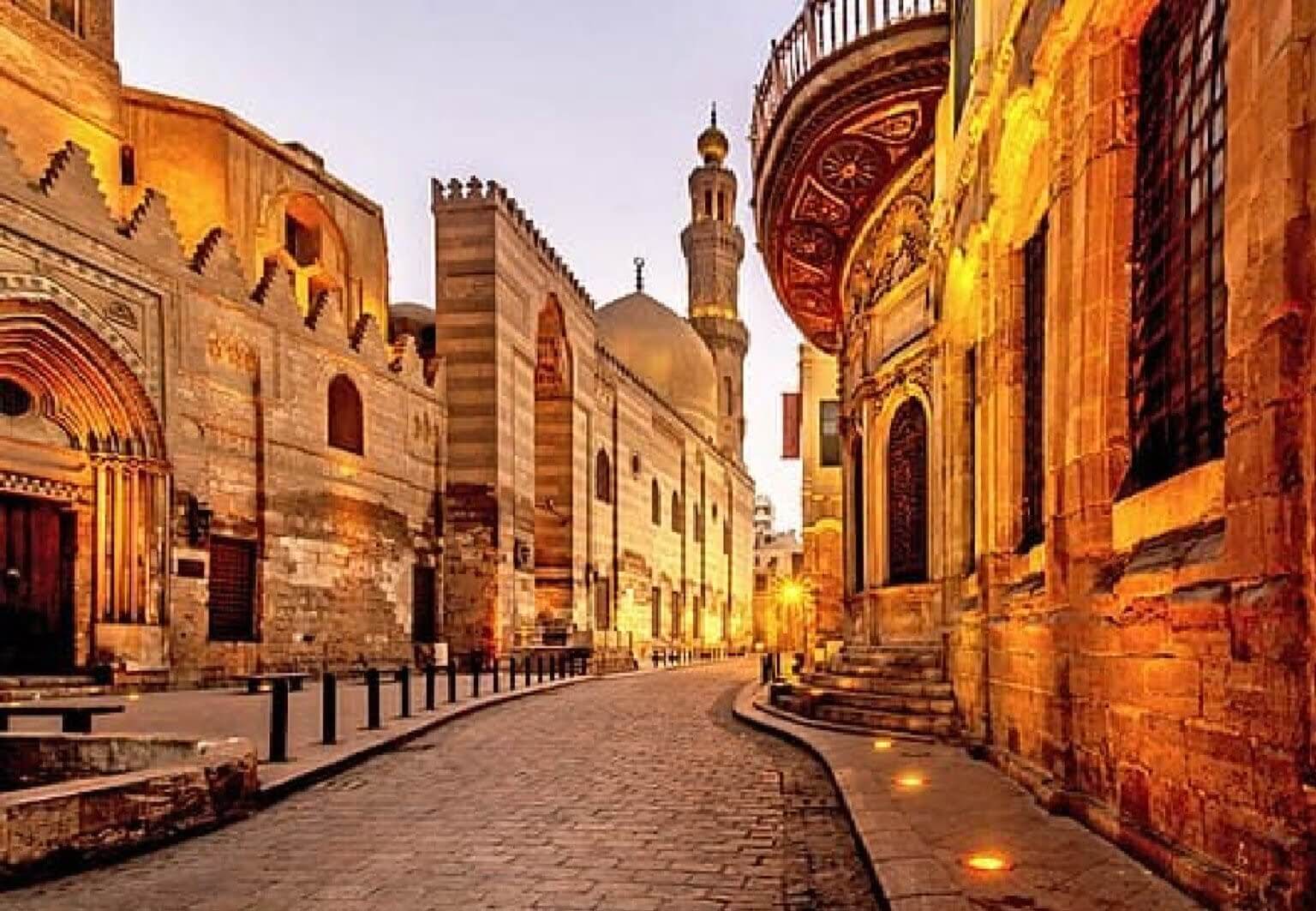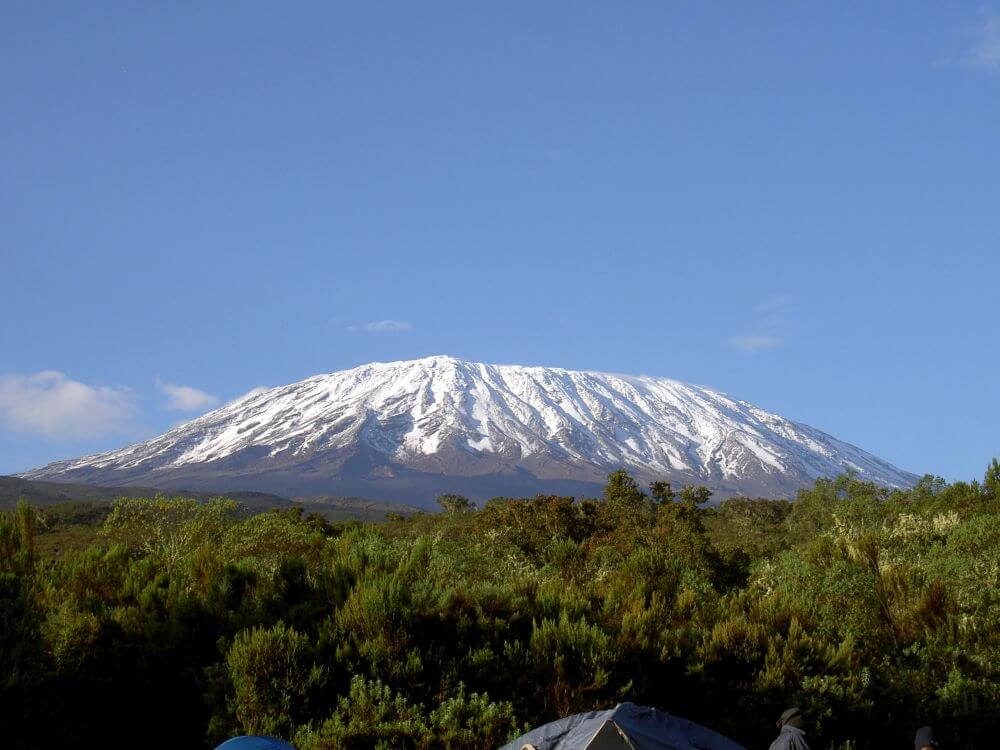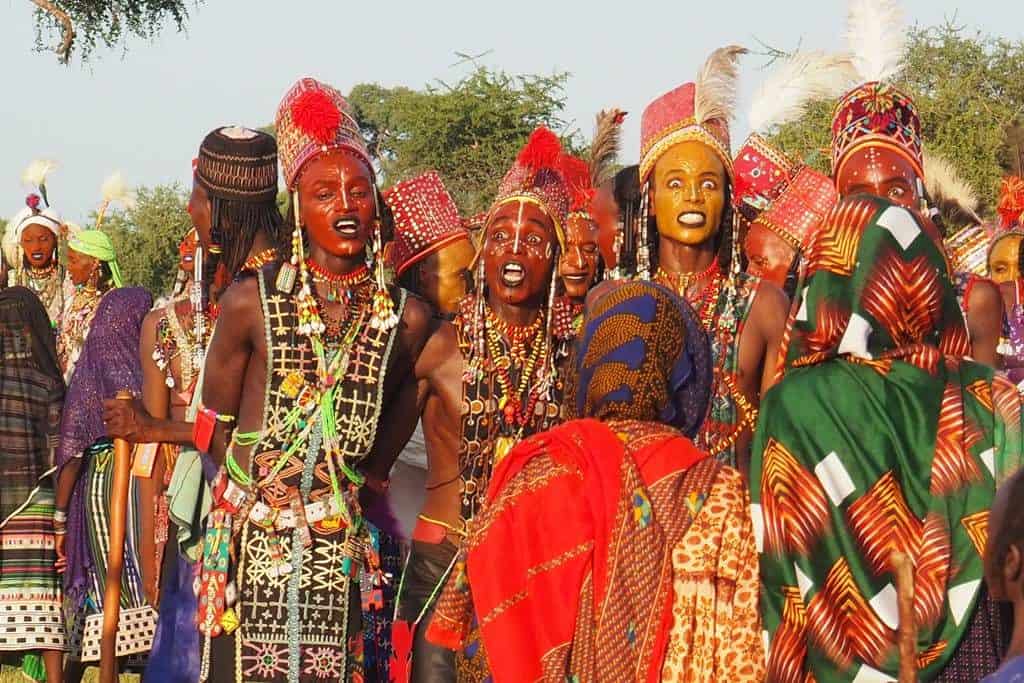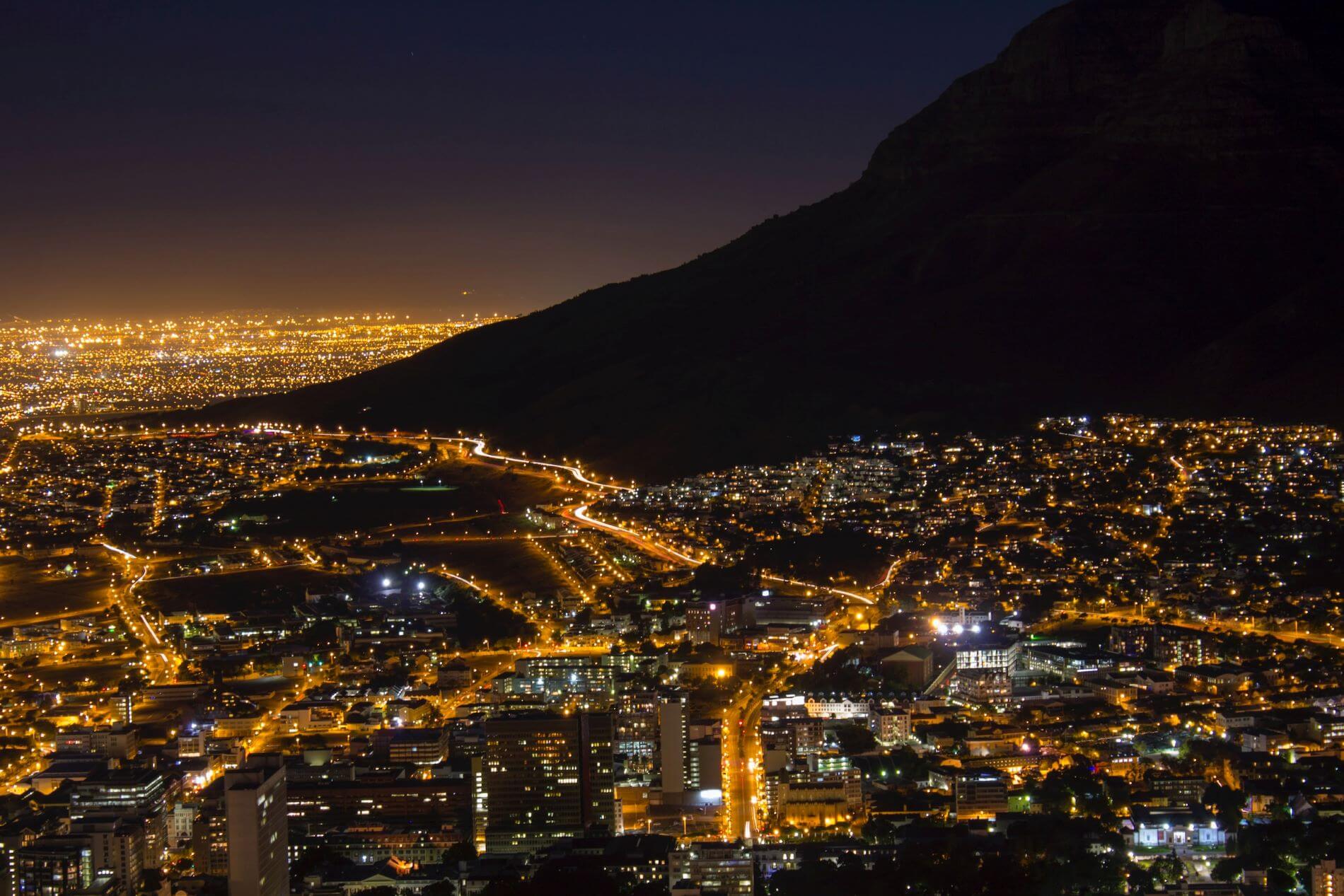Recent research published in Science unveils a groundbreaking genomic study that combines ancient DNA (aDNA) with data from the 23andMe genetic database. This innovative approach provides profound insights into the lives and legacies of the free and enslaved individuals who lived, worked, and died at the Catoctin Iron Furnace in Maryland between 1774 and 1850. The study’s findings not only illuminate their identities but also bridge the gap between nearly 42,000 living African Americans and their enslaved ancestors, revealing familial connections that would otherwise be lost to time.
The Catoctin Iron Furnace, located in Frederick County, Maryland, began operations in 1776, smelting pig iron, tools, household items, and even munitions for the Continental Army during the Revolutionary War. For many years, the furnace relied on the labor of enslaved Africans and African Americans. At least 271 enslaved individuals, along with an unknown number of free African Americans, worked at the furnace and its surrounding village, performing highly skilled labor roles.
However, by the late 1840s, the labor force at the furnace transitioned primarily to wage labor performed by a predominantly white workforce of European immigrants, leading to the gradual erasure of African Americans’ contributions from the historical narrative. This changed dramatically with the rediscovery and excavation of an African American cemetery at the furnace in 1979 and 1980. This finding cast a spotlight on the critical role that enslaved and free African Americans played in the furnace’s history and the growth of industrial wealth and power in early America.
Interred in the Catoctin Furnace African American Cemetery were more than 100 free and enslaved individuals who labored at the furnace between 1774 and 1850. Recent osteological and genomic analyses of these remains have shed light on their life histories and ancestry. The Catoctin individuals showed strong genetic connections to particular African groups, including the Wolof and Mandinka of Senegal and Gambia, and the Kongo of Angola and the Democratic Republic of the Congo.
Éadaoin Harney, the study’s lead author and a researcher at 23andMe, emphasized the importance of understanding what happened to the African Americans who were enslaved at Catoctin Furnace and their descendants after the furnace stopped relying on enslaved labor. This research opens a window into their stories, allowing African Americans today to connect with their past in meaningful ways.
Embark on a journey to The Gambia, where you can explore the rich cultural heritage and deep historical ties that link the Catoctin region to West Africa. One profoundly moving destination is James Island, also known as Kunta Kinteh Island, a site of immense significance in the
transatlantic slave trade. Here, you can honor the enduring spirit of your ancestors and gain a deeper understanding of your heritage.

Kunta Kinte, a character described in Alex Haley’s book and TV series “Roots,” has become associated with James Island. The book states that Kunta Kinte was among 98 slaves that the slave ship Lord Ligonier brought to Annapolis, Maryland in 1767. Could there be a correlation between Catoctin African Americans and Annapolis, as both groups, according to history, were taken from The Gambia? These, like many others, are the gaps in African American heritage stories.
The Catoctin Iron Furnace

The Catoctin Iron Furnace, established in the late 18th century, became a crucial site of industry, relying heavily on the labor of African Americans. These workers utilized skills and knowledge of ironmaking that had been practiced in their homeland for centuries. This connection highlights the direct influence of West African ironworking traditions on American industry.
African Americans in the Catoctin region worked in various capacities within the iron industry. They served as woodcutters, charcoal transporters, furnace operators, and molders, enduring grueling conditions. Despite the hardships, they were able to gain some positive incentives through the overwork system, which provided extra food, clothing, and even free time, allowing them to improve their quality of life marginally.
James Island and the Transatlantic Slave Trade

The rich history of the Catoctin people, deeply rooted in the ironmaking industry and the resilience of African Americans, forms a powerful narrative that bridges the past to the present. For many African Americans in the Catoctin region, a sojourn to James Island in The Gambia could offer a poignant journey to where their ancestors’ arduous journeys may have begun. James Island, a significant site in the transatlantic slave trade, stands as a solemn reminder of the origins of many enslaved Africans. Visiting this historic island allows travelers to reconnect with their heritage, reflect on the enduring legacy of their forebears, and honor the indomitable spirit that transcends generations.
James Island, also known as Kunta Kinteh Island, is a significant historical site that connects the Catoctin region to the broader narrative of the transatlantic slave trade. This island was a key point in the slave trade, where many Africans, including those from Senegal and The Gambia, were captured and transported to the Americas. The story of Kunta Kinte, immortalized in Alex Haley’s novel “Roots,” epitomizes the harrowing journey of these individuals and their enduring legacy.
The Journey to James Island

Begin your journey in Banjul, the vibrant capital of The Gambia. From Banjul, travel to the historic village of Jufureh, the birthplace of Kunta Kinte. As you walk through Jufureh, visiting the Kunta Kinteh Memorial and interacting with the local community, you’ll gain a deeper understanding of the rich cultural heritage that connects this region to African American history.

The boat ride from Banjul to James Island is a transformative experience. As you glide over the tranquil waters of the River Gambia, you’ll find yourself reflecting on the profound journey your ancestors endured. “The moment we set sail, I felt a connection to the past. It was surreal to think about the history of the island,” recalls one visitor. Another traveler noted, “The beauty of the river and the warmth of the locals made this experience unforgettable.”
Reflecting on Heritage
A visit to James Island is not just a journey into history; it’s a journey of remembrance and connection. By tracing the footsteps of their ancestors, African Americans from the Catoctin Mountains can gain a renewed appreciation for their heritage and the enduring spirit of their forebears. The experience is an opportunity to reflect, honor the past, and build a deeper connection to one’s roots.
Planning Your Trip
The best time to visit The Gambia is during the dry season, from November to May. Several airlines, including Royal Air Maroc, British Airways, and regional carriers like Gambia Bird, offer flights to Banjul International Airport. For accommodations, consider staying at Coco Ocean Resort & Spa, Kairaba Beach Hotel, or exploring options through The Gambia Experience.
To enrich your journey, book with local tour companies like Gambia Tours, Samba’s Tours, or Kunta Kinteh Tours. These companies offer guided experiences that provide cultural and historical insights, ensuring your trip is both educational and deeply moving.
Airlines and Hotels

Several airlines offer flights to Banjul International Airport (BJL), including:
- Royal Air Maroc: Connecting through Casablanca.
- British Airways: Direct flights from London.
- Gambia Bird: Offers regional connections within West Africa.
In terms of accommodation, options range from budget lodgings to luxury resorts. Recommended hotels include:
- Coco Ocean Resort & Spa: A luxurious beachfront property with excellent amenities.
- Kairaba Beach Hotel: Known for its beautiful gardens and proximity to the beach.
- The Gambia Experience: Offers a variety of accommodation options and packages.
Tour Companies
To enrich your journey, consider booking with local tour companies that offer guided experiences:
- Gambia Tours: Specializes in cultural and historical tours, including trips to James Island.
- Samba’s Tours: Offers personalized itineraries and deep cultural insights.
- Kunta Kinteh Tours: Focuses on tours related to “Roots” and African heritage.


